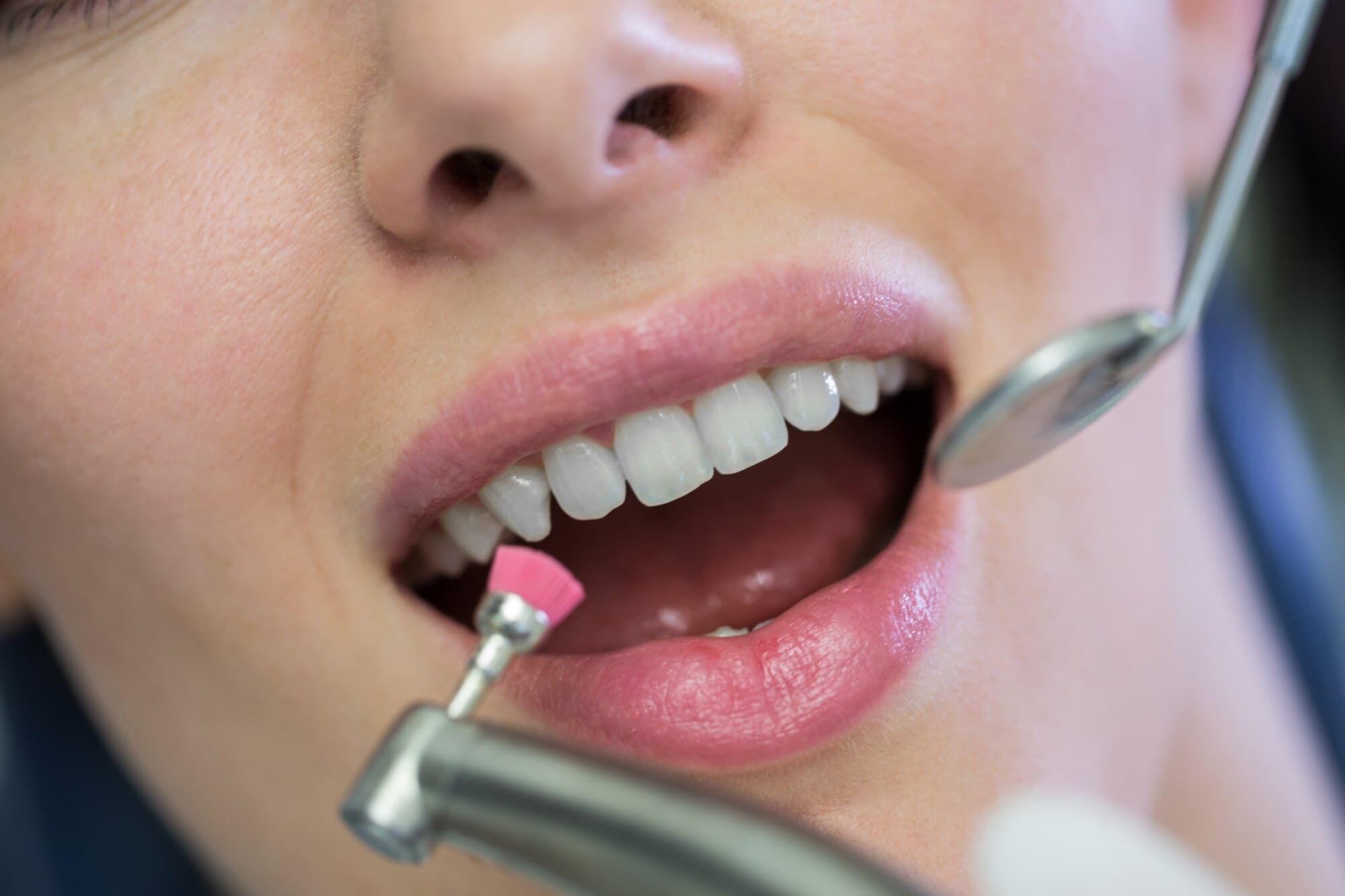What is teeth whitening?
Teeth whitening is a cosmetic dental procedure that lightens the color of teeth by removing stains and discoloration. The process involves the use of bleaching agents, typically hydrogen peroxide or carbamide peroxide, to break down stains on the surface and deep within the enamel of the teeth, resulting in a brighter and whiter smile.


Who needs professional teeth whitening?
- Individuals with yellowing or stained teeth caused by food, drinks, smoking, or aging.
- Those seeking a brighter smile for cosmetic or special occasions like weddings or interviews.
- Patients who haven’t achieved desired results with at-home whitening kits.
- People with healthy teeth and gums looking for a safer, more effective whitening option.
How is professional teeth whitening different from at-home teeth whitening?
- Strength of Whitening Agents: Professional whitening uses stronger bleaching agents (up to 35% hydrogen peroxide), offering faster and more dramatic results.
- Customized Treatment: In-office treatments are tailored to the patient’s needs, including protection for sensitive areas.
- Faster Results: Achieves results in a single session, compared to several weeks with at-home kits.
- Professional Supervision: Ensures safety and optimal results with minimal risk of complications.
How long does teeth whitening last?
Teeth whitening results typically last between 6 months to 2 years, depending on factors like diet, lifestyle habits, and oral hygiene. Frequent consumption of staining foods and beverages (e.g., coffee, red wine, tea) or smoking can reduce the longevity of the results. Regular maintenance, including touch-up treatments, can help extend the whitening effect.
Are certain stains more susceptible to whitening than others?
- Extrinsic Stains: Caused by external factors like food, drinks, and smoking. Easier to remove with whitening treatments.
- Intrinsic Stains: Deeper stains caused by aging, medications, or excessive fluoride. These may require intensive treatments or alternatives like veneers.
What risks are involved with teeth whitening?
- Tooth Sensitivity: Temporary sensitivity to hot or cold temperatures.
- Gum Irritation: Bleaching agents can irritate the gums if improperly applied.
- Over-Whitening: Excessive whitening can lead to enamel erosion or unnatural appearance.
- Uneven Whitening: Teeth with restorations like crowns or veneers may not whiten at the same rate as natural teeth.
What can I do to prolong the whitening effect after treatment?
- Maintain good oral hygiene by brushing and flossing regularly.
- Limit consumption of staining foods and drinks like coffee, tea, and red wine.
- Quit smoking to prevent discoloration.
- Use whitening toothpaste or gels occasionally for maintenance.
- Schedule regular dental cleanings to remove surface stains.
What is the procedure for professional teeth whitening?
- Consultation: Dentist evaluates your teeth and determines if whitening is suitable.
- Preparation: Teeth are cleaned, and gums are protected with a barrier or gel.
- Application of Whitening Gel: A bleaching gel is applied and activated with light or laser.
- Whitening Process: Gel is left on for 15–30 minutes, with multiple applications if needed.
- Rinsing and Evaluation: Teeth are rinsed, and a fluoride treatment may be applied to reduce sensitivity.